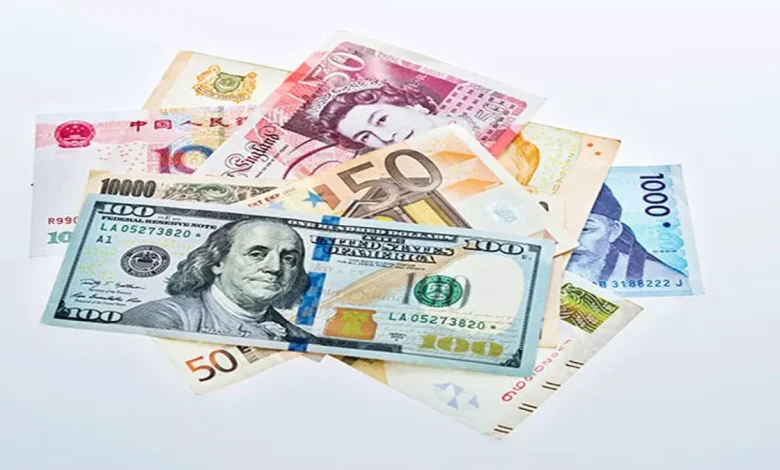India’s foreign exchange reserves continue to decline, now 10 percent below its peak

New Delhi New Delhi: India’s foreign exchange reserves continue to decline, a trend that has been continuing for the past four months. The country’s foreign exchange reserves have declined in 15 of the past 16 weeks, hitting an 11-month low. India’s foreign exchange reserves fell by US$1.88 billion to US$623.983 billion in the week ended January 17, according to the latest data from the Reserve Bank of India (RBI). The reserves have been declining since touching an all-time high of US$704.89 billion in September, and are now down more than 10 per cent from the peak.
This drop in reserves is likely due to RBI’s intervention, aimed at preventing a sharp fall in the rupee. The Indian rupee is now at or close to its all-time low against the US dollar. The latest RBI data showed that India’s foreign currency assets (FCA), the largest component of the forex reserves, stood at US$533.133 billion. According to RBI data, gold reserves currently stand at USD 68.947 billion, having increased by USD 1.06 billion in the past week.
Estimates suggest that India’s foreign exchange reserves are sufficient to cover about a year of projected imports. In 2023, India added about USD 58 billion to its foreign exchange reserves, while in 2022 there was a cumulative decline of USD 71 billion. In 2024, the reserves increased by a little over USD 20 billion. Without the latest decline, the reserves would have been much higher.
Foreign exchange reserves, or FX reserves, are assets held by a country’s central bank or monetary authority, primarily in reserve currencies such as the US dollar, with smaller portions in the euro, Japanese yen and pound sterling. The RBI closely monitors foreign exchange markets, intervening only to maintain orderly market conditions and prevent excessive volatility in the rupee’s exchange rate, without adhering to any fixed target level or threshold.





